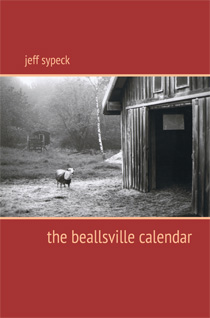Back when Turkey was up for membership in the European Union, pundits wondered: What’s “European” about the Turks? Not my country, not my continent—if the question still matters, then others can hash that one out. It so happens that at least in one respect, the Turks aren’t all that different from their neighbors to the west. I was intrigued, but not surprised, by a grand burst of Turkish medievalism reported in The Economist:
In a mighty motorcade, Turkey’s president, Recep Tayyip Erdogan, descended on the sleepy town of Malazgirt near the Armenian frontier on August 26th. He came to celebrate a millennium-old victory that Turks hail as the dawn of Muslim domination of these once-Christian lands.
Largely forgotten in the West, the battle of Manzikert in 1071 saw Seljuk Turks, led by King Alp Arslan, crush an imperial Byzantine army said to be twice their size. This Turkic push into Anatolia laid the foundation for the Seljuks’ eventual sucessors, the Ottomans, who took Constantinople, the Byzantine capital, in 1453 and whose empire at its peak extended from the gates of Vienna to the Indian Ocean.
Mr. Erdogan’s commemoration of a 946-year-old battle is a bid to woo Turkish nationalists . . . At Malazgirt, he linked the failed coup to the medieval campaign.
“We faced an assault on July 15th that appeared to be a coup attempt but was actually aimed at enslaving us…[we] fought the same figures as Alp Arslan,” Mr Erdogan told a crowd of thousands, alluding to wild rumours of Western interference. He was flanked by men posing as soldiers, clad in reproduction chain mail and brandishing scimitars. Other entertainment included displays of horsemanship and archery.
[ . . .]
He has been dusting off other episodes of martial history, presiding over lavish festivities that include fireworks and a laser show to mark the Ottoman victory of 1453. At Gallipoli, he has exhorted Turks to venerate their final victory before the empire was defeated in the first world war and dismembered by the victors.
All of this is darkly, depressingly familiar. On June 28, 1989, not all that far west across the Bosphorus, President Slobodan Milosevic of Serbia spoke at a ceremony to commemorate the 600th anniversary of the Battle of Kosovo. The 1389 battle hadn’t been a victory for the Serbs; it was one of a series of defeats that left the Serbs under Ottoman rule for quite a long time. In poem and song, Serb nationalists turned the calamity into a spiritual victory, a martyrdom on behalf of Christian Europe that the West never honored or even acknowledged. To Serbs, Kosovo was holy ground: a battlefield, a birthplace of saints, a homeland pried from their grip in the Middle Ages and denied once more by the region’s Albanian Muslim majority. The battle was so meaningful among Serb nationalists that Gavrilo Princip assassinated Archduke Franz Ferdinand on its 525th anniversary. Yes, Balkan medievalism helped send millions of men to their deaths.
Milosevic’s defenders still argue that the speech he gave that day wasn’t inherently inflammatory, but it didn’t need to be. The location, the date, the conflicts brewing at the time, and Milosevic’s dramatic apotheosis by helicopter all told nationalists a story that cheered them. No one grinds axes without also honing their yearning to use them. The aspiration of Erdogan’s medievalism is the fate of Milosevic’s. That ended badly; this will too.

Diorama of the Battle of Manzikert (via Wikimedia Commons)

 In August 2015, with little time for imagination to keep up with logistics, I
In August 2015, with little time for imagination to keep up with logistics, I